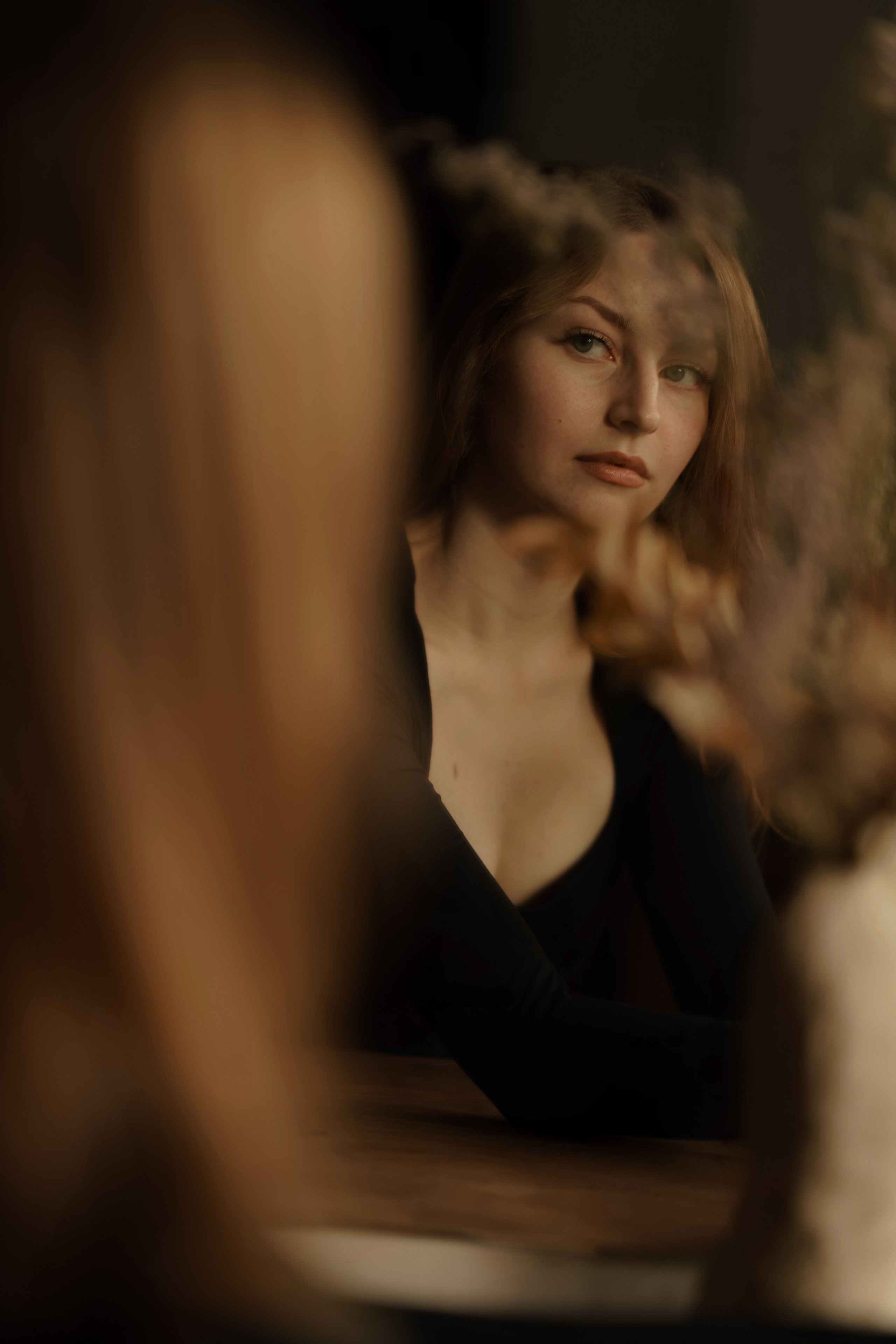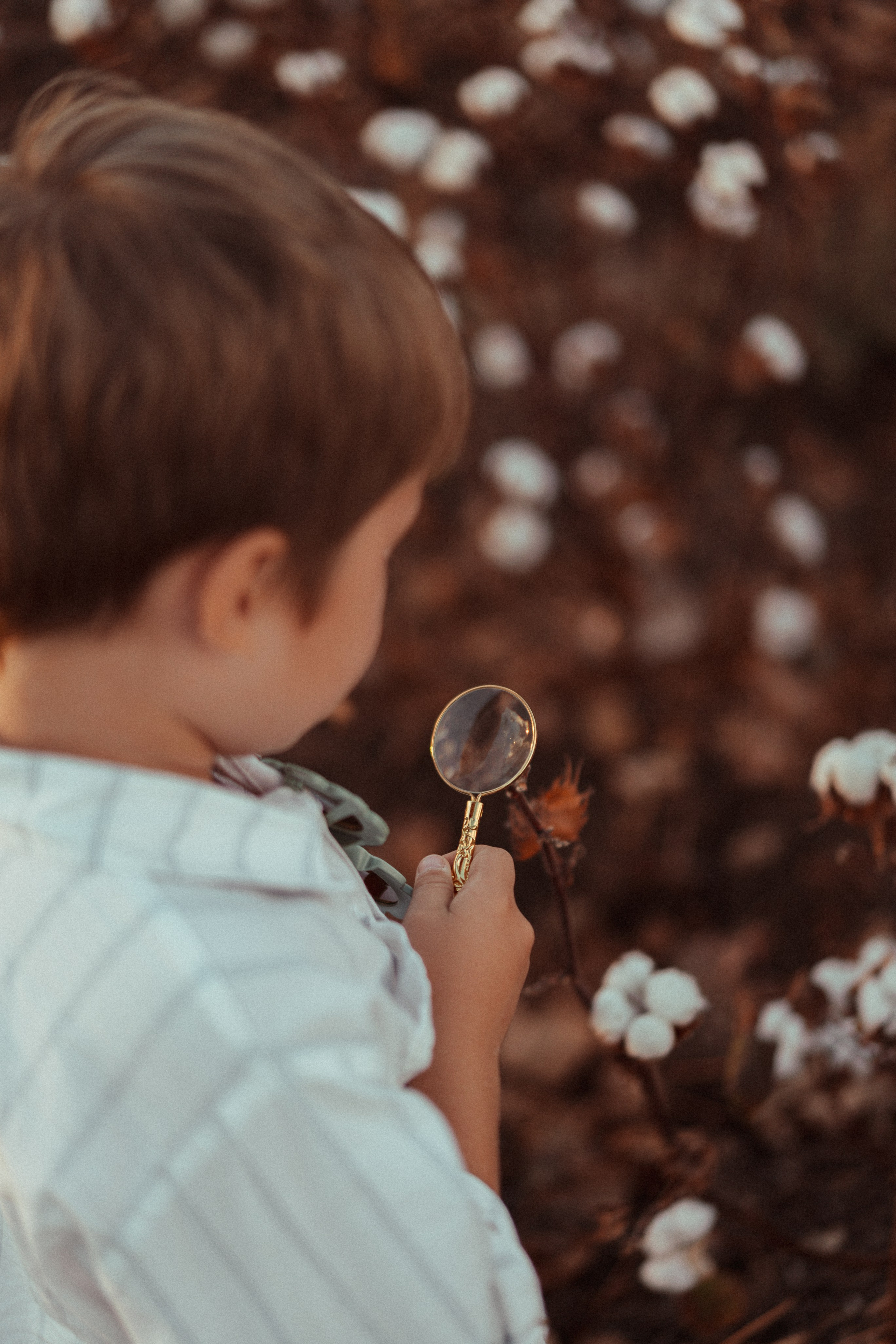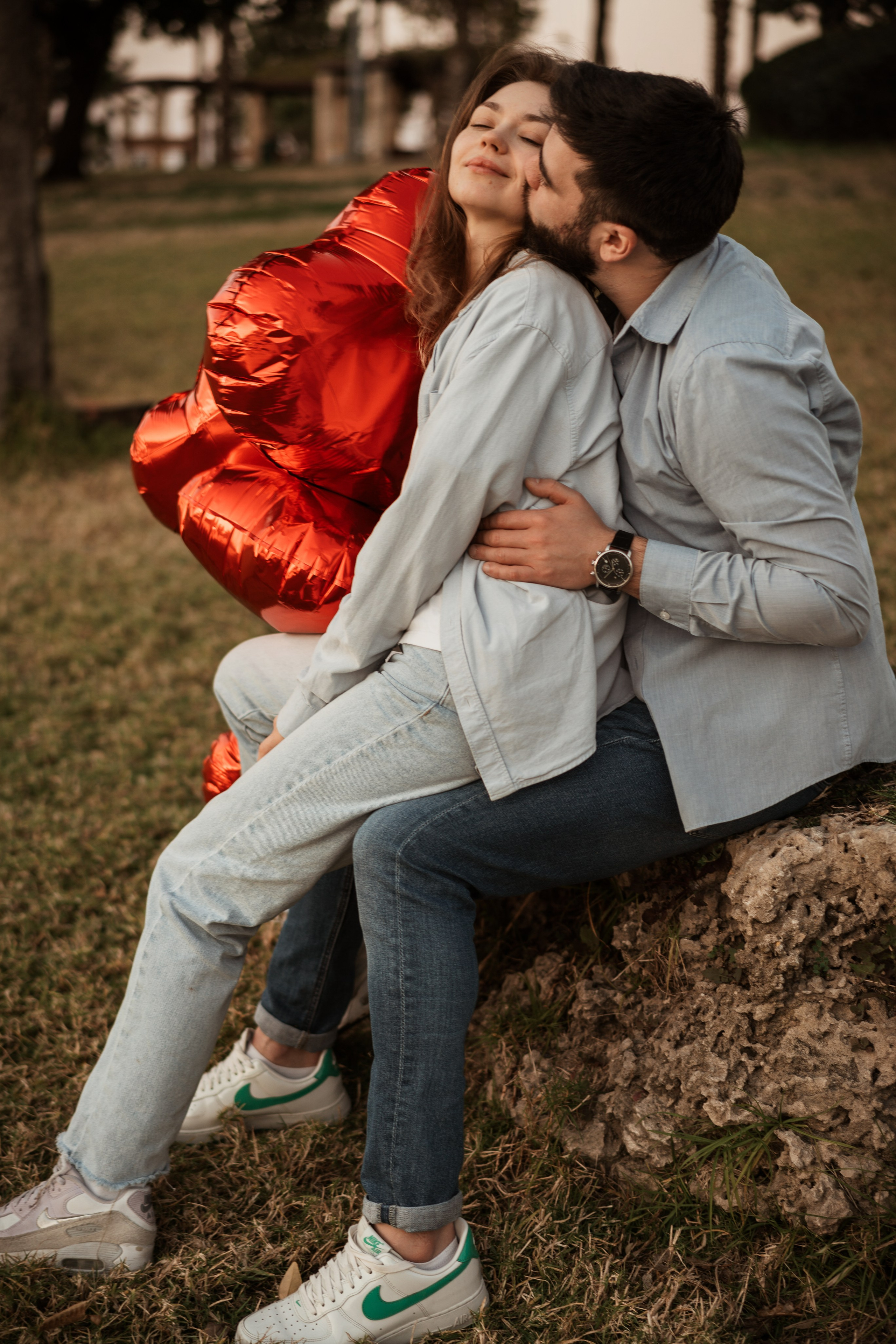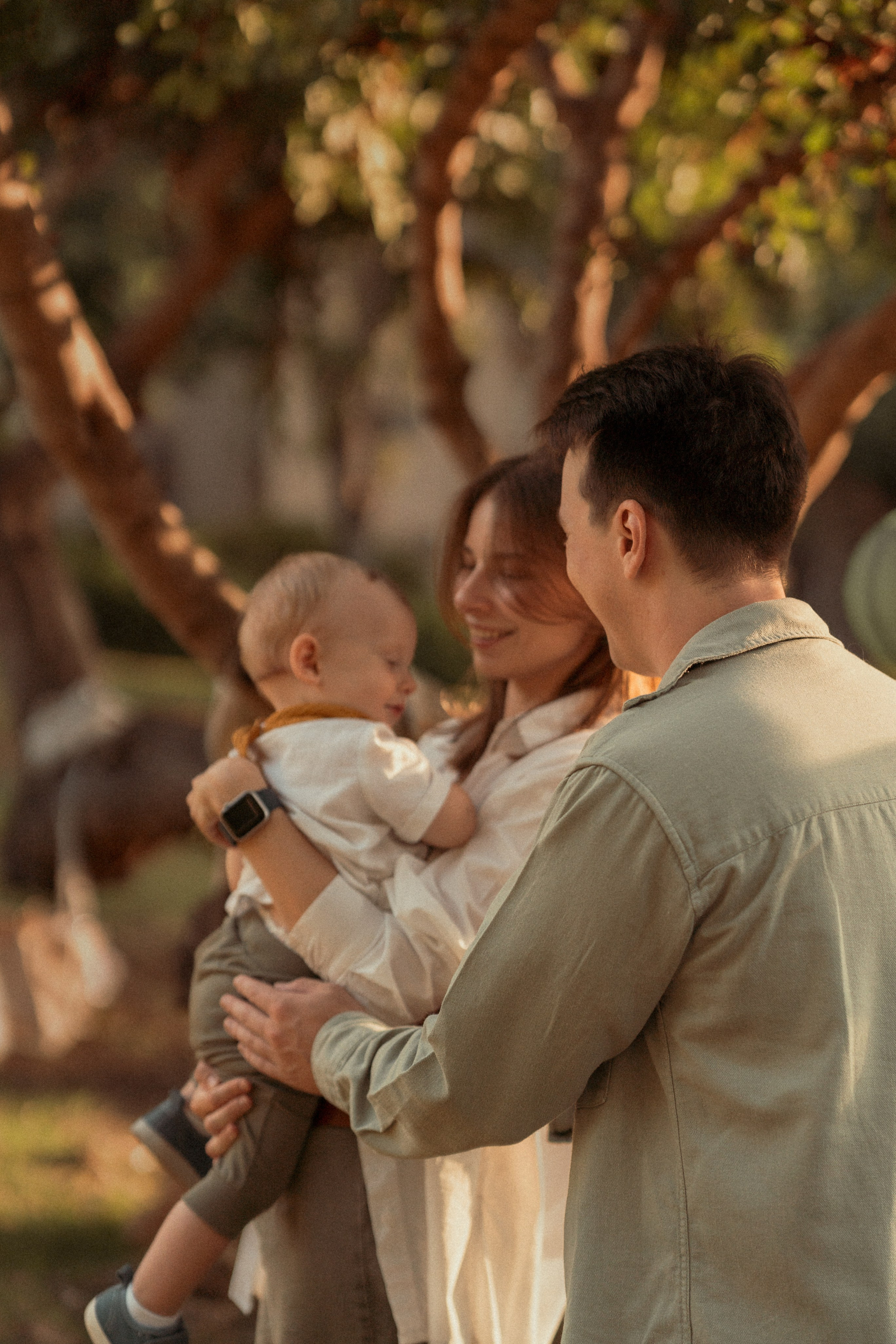How to Choose the Color Scheme for a Photoshoot
To ensure your photos are not only beautiful but also convey the right mood, it’s important to carefully choose the color scheme for the clothes. Colors play a huge role in creating the atmosphere you want to express in your pictures. Natural tones — green, brown, gray, or beige — always look harmonious and create a calm, balanced atmosphere. Also, it’s best to avoid pure white, as it can be too bright against the skin and draw attention away from the subject.
1. Monochrome
When one color is used in different shades, it helps create a soft, calm image. The family can be dressed in different shades of one color — from light to dark. This adds elegance and coziness to the photos.
Examples:
-
Shades of beige (from light sand to dark caramel) — soft, calming atmosphere that creates comfort and harmony.
For a photoshoot by the beach: These shades blend beautifully with the soft sand and water colors. -
Shades of pink (from pastel to powdery) — a subtle combination that creates a warm, cozy atmosphere.
For a sunset photoshoot: The pink shades harmonize beautifully with the golden sunset light.
For these types of shoots:
- Family photoshoots in nature, especially on the beach.
- Romantic photoshoots at sunset or by the water.
- Personal photoshoots in soft lighting.
2. Complementary Colors
The combination of opposite colors on the color wheel in muted shades adds interest and depth to the photo without overwhelming it.
Examples:
-
Mom in a light yellow dress, Dad in a dark gray sweater — a balanced combination that attracts attention without overwhelming.
For a beach photoshoot: Yellow blends well with the sea colors, adding vibrancy to the image. -
Mom in an olive dress, Dad in a graphite suit — harmony with interesting accents that don’t overwhelm the image.
For a sunset photoshoot: This combination creates a sophisticated, elegant feel with the golden light of the setting sun. -
Mom in an orange dress, Dad in a dark green suit — a dynamic combination where each element is clearly visible.
For a sunset photoshoot: Warm colors represent the warmth of the sunset, adding richness and interest to the shot.
For these types of shoots:
- Photoshoots by the beach or in nature with bold color contrasts.
- Sunset photoshoots, when the golden light adds depth to the image.
- Family photoshoots with bold color combinations.
3. Analogous Colors
Colors that are next to each other on the color wheel create harmony and convey warmth and comfort.
Examples:
-
Warm greens, browns, and sandy tones — softness and naturalness, creating a calm, peaceful atmosphere.
For a beach photoshoot: These tones blend beautifully with the sand and water colors. -
Soft pink, light blue, and pale yellow — lightness and airiness, creating a warm, harmonious atmosphere.
For a sunset photoshoot: These soft tones create a light, peaceful ambiance with the golden sunset. -
Warm shades of red and yellow, kids dressed in orange tones — a cozy and harmonious atmosphere.
For a sunset photoshoot: These colors express the warmth of the sun as it sets, creating a balanced and comfortable feel.
For these types of shoots:
- Family photoshoots in nature, especially by the beach.
- Romantic photoshoots at sunset.
- Photoshoots with children, capturing warmth and togetherness.
4. Triadic Colors
When three colors evenly spaced on the color wheel are used in muted versions, it adds interest without making the image too bright.
Examples:
-
Soft blue, beige, and dark green — harmonious, vibrant yet not too bright.
For a beach photoshoot: Soft blue and green complement the water’s colors, creating a peaceful feel. -
Dark green, gray, and warm brown — an interesting combination, not overwhelming in brightness.
For a sunset photoshoot: Ideal for an elegant, sunset-inspired photoshoot with golden light. -
Red, blue, and yellow — a vibrant, lively combination, perfect for dynamic and active shots.
For a beach photoshoot: Bold colors add movement and excitement to the image.
For these types of shoots:
- Dynamic beach photoshoots.
- Sunset photoshoots with bold color combinations.
- Active family photoshoots with rich color palettes.
5. Harmonious Colors
Colors that complement each other, creating a stylish but not overwhelming look. These can be various shades of gray, beige, or delicate pastel colors.
Examples:
-
Light blue, dusty pink, and beige — lightness and comfort, perfect for romantic photoshoots.
For a sunset photoshoot: Soft tones blend with the warm light of the setting sun, creating a peaceful, romantic feel. -
Light gray, dusty blue, and beige — lightness and airiness, creating a calm and cozy atmosphere.
For a beach photoshoot: These gentle tones create a peaceful vibe on the beach. -
Light blue, pink, white — lightness, ideal for photoshoots with children or romantic portraits.
For a sunset photoshoot: Soft tones create a dreamy, airy feel.
Importance of Color Temperature
It’s crucial to maintain a consistent color temperature in your clothes. If you choose cool tones (blue, green), make sure all elements are within a similar temperature range. The same applies to warm tones — they should be balanced to avoid overwhelming the photo.
Conclusion
Don’t be afraid to experiment with colors! The key is to maintain harmony that suits the mood you want to convey in your photos. Choose colors that align with your style and help create the desired atmosphere. The right color scheme not only makes your photos beautiful but also emotional and meaningful.







